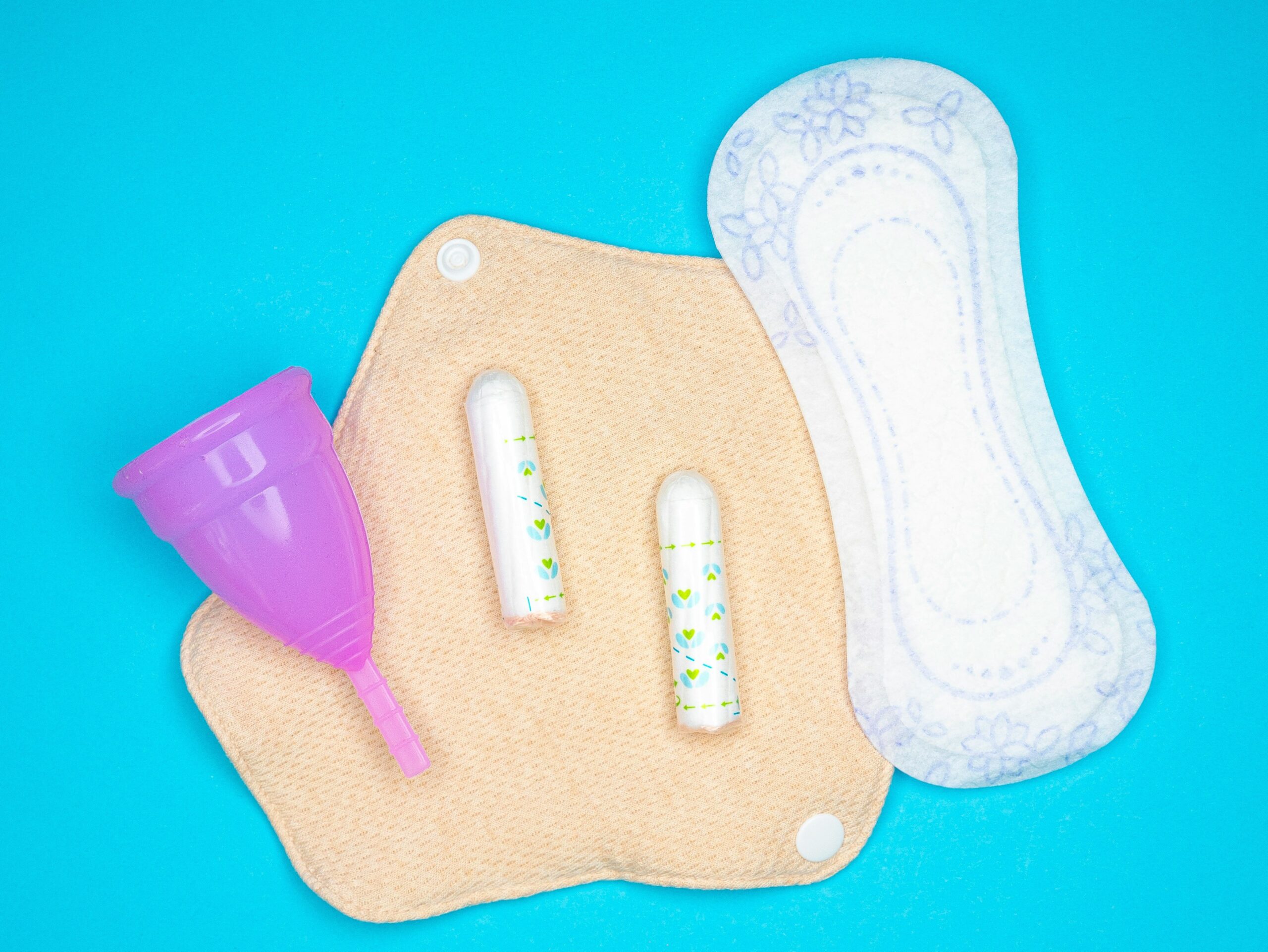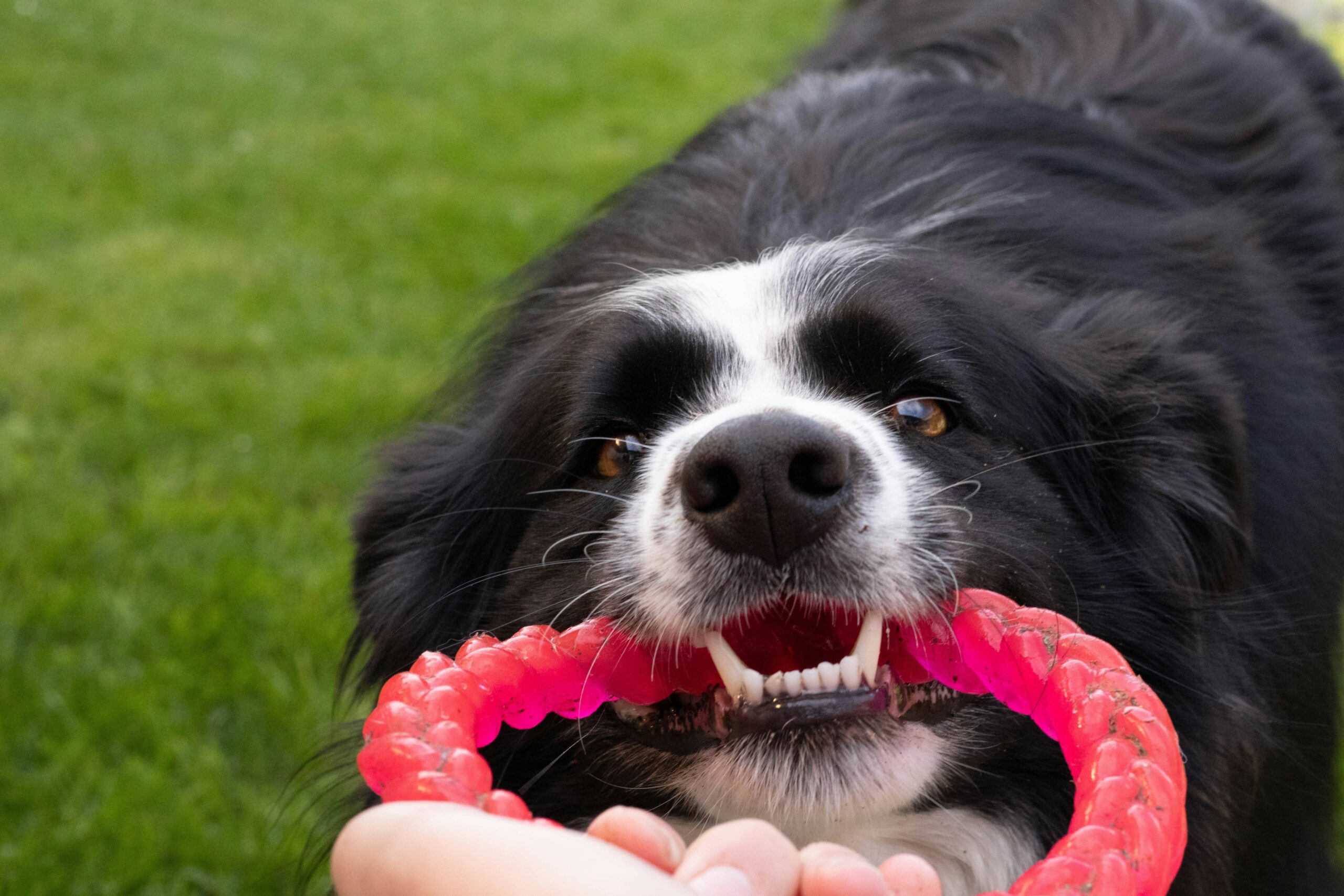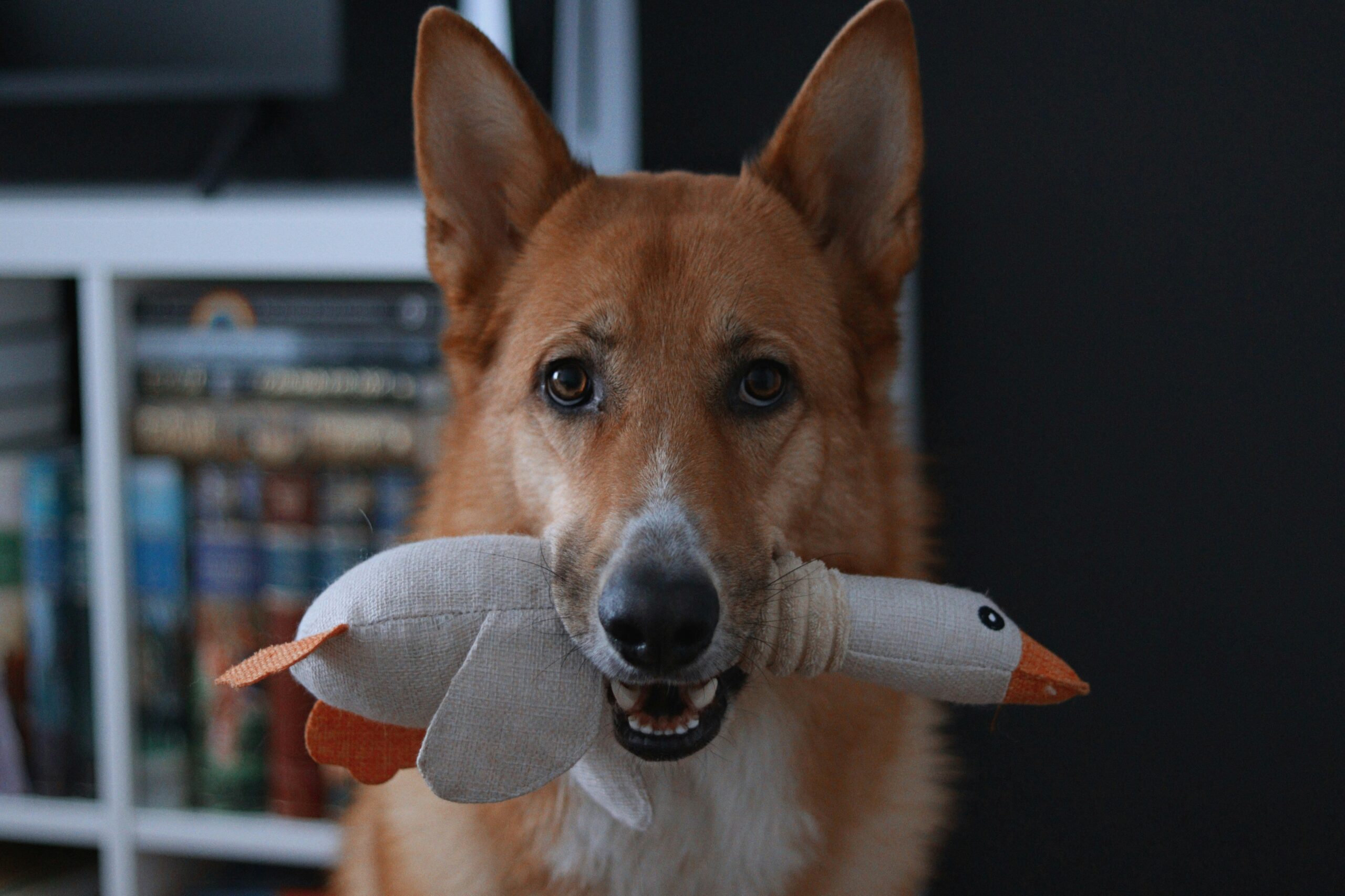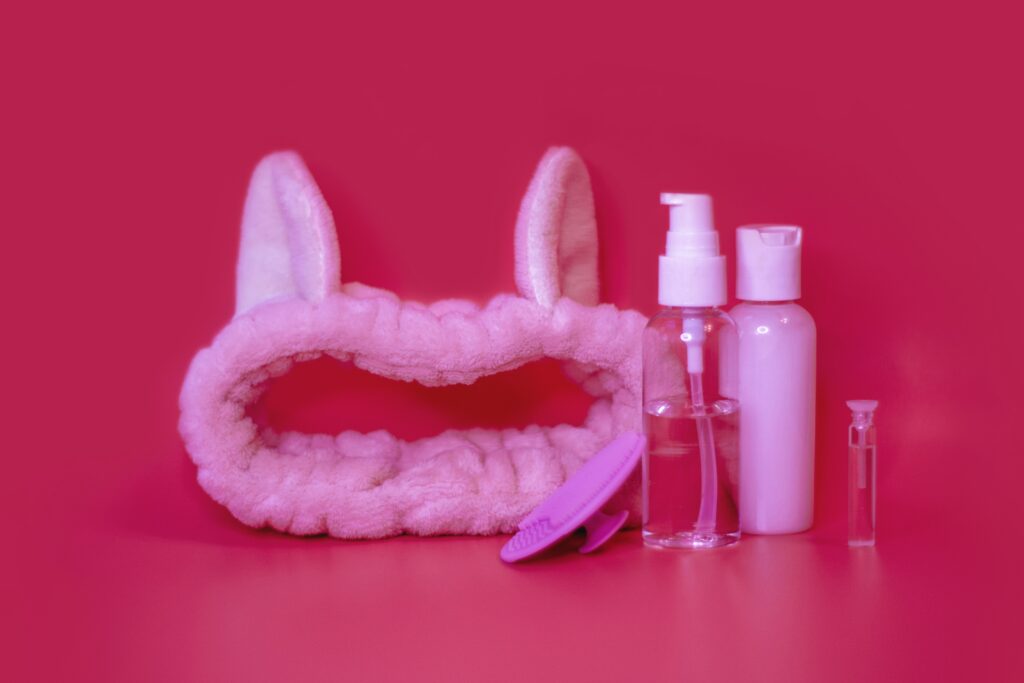“Ever bought your dog an expensive dental toy only for them to ignore it completely? Or worse—end up chewing on the couch instead?” We’ve all been there. Finding the right age-appropriate dental toys can feel like solving a Rubik’s Cube blindfolded. But fear not! Today, we’re diving deep into this microniche of pet care and unlocking the secrets to keeping those pearly whites shining.
In this guide, you’ll learn:
- Why age-appropriate dental toys matter more than you think.
- A step-by-step process to pick the *perfect* toy for your furry friend.
- Tips and best practices to keep their teeth squeaky clean (and save your furniture).
Table of Contents
- Why Age-Appropriate Dental Toys Matter
- Step-by-Step Guide to Choosing the Right Toy
- Tips & Best Practices for Optimal Dental Health
- Real-Life Examples That Worked Wonders
- Frequently Asked Questions
Key Takeaways
- Dental health directly impacts overall wellness in pets; ignoring it isn’t an option.
- Puppies, adults, and senior dogs have different needs—what works for one won’t work for another.
- Not all toys are created equal; some could even harm your pet if not chosen wisely.
Why Do Age-Appropriate Dental Toys Matter?

Let’s start with the hard truth: over 80% of dogs show signs of periodontal disease by age three. Yikes. If left unchecked, gum issues can lead to heart problems, kidney failure, and other nasty complications. So yeah, dental toys aren’t just cute—they’re critical.
I once made the rookie mistake of giving my teething puppy a super-hard nylon bone meant for adult dogs. Within two days, he had cracked a baby tooth. Rookie move = vet bill I didn’t need. Lesson learned: matching toys to life stages is non-negotiable.
Sensory note: Imagine hearing that dull “thud” when your pup drops yet another chew toy at your feet because they’re bored stiff—or worse, gnawing on your shoes again. Yeah, let’s avoid that.
Step-by-Step Guide to Choosing the Perfect Age-Appropriate Dental Toy
Optimist You: “Follow these tips, and you’ll never second-guess a purchase again!”
Grumpy You: “Or…you could stick to buying random toys and deal with shredded pillows later.”
- Know Your Dog’s Life Stage
- Puppies: Look for soft rubber toys or textured fabrics that soothe teething gums while cleaning tiny teeth.
- Adult Dogs: Durable rubber chews or rope toys help reduce tartar buildup without breaking apart easily.
- Seniors: Opt for softer materials that are gentle on aging jaws but still effective against plaque.
- Consider Size and Breed
A small terrier will get overwhelmed by a giant Kong toy, while a Great Dane might swallow something too petite whole. Always match size to breed!
- Check for Safety Features
No loose parts, no toxic materials, and nothing small enough to choke on. This sounds obvious, but trust me—it happens.
Tips & Best Practices for Optimal Dental Health
Now that you know how to choose the right toy, here’s how to maximize its benefits:
Rant Alert: Why Avoid Overpriced Useless Junk?
There’s nothing worse than spending $30 on a “dental-friendly” toy only to watch Fido destroy it within minutes. Skip gimmicky marketing claims unless they come backed by actual veterinary endorsements.
Best Practices List:
- Rotate Regularly: Switch out toys every week to prevent boredom.
- Add Treats Strategically: Stuff hollow toys with peanut butter or kibble to encourage longer playtime.
- Supervise Playtime: Especially with young pups or aggressive chewers who may rip toys apart.

Real-Life Examples That Worked Wonders
Case Study #1: From Couch Chewer to Dental Champ
Jessica adopted Max, a 9-month-old Labrador mix, who was notorious for destroying furniture. After switching to a combination of durable dental rings and interactive treat-dispensing toys tailored to his age, couch casualties dropped by 90%. Plus, his annual vet checkup revealed cleaner teeth than ever before!
Example Comparison Chart:
| Toy Type | Puppy-Friendly? | Good for Adults? | Senior Safe? |
|---|---|---|---|
| Rope Tugger | No (can fray) | Yes | Only if supervised |
| Rubber Chew Ball | Yes | Yes | Yes (soft versions available) |
| Nylon Bone | No (too hard) | Yes | No (can damage old teeth) |
Frequently Asked Questions
Q: How often should I replace dental toys?
A: Every 3-6 months depending on wear and tear. Discard immediately if pieces break off.
Q: Can any toy double as a dental toy?
A: Nope. Stick to products explicitly designed for oral hygiene—they’ll have the right textures and durability.
Q: Are edible dental chews better than toys?
A: Both serve different purposes. Chews are great for quick fixes, but toys offer long-term entertainment and health benefits.
Conclusion
Finding age-appropriate dental toys isn’t just about saving your furniture—it’s about investing in your pet’s lifelong health. Remember: Puppies need soft, seniors need safe, and adults need durable. Follow our guide, rotate regularly, and always prioritize safety over flashy trends. Now go forth and conquer the world of pet parenting—one squeaky-clean smile at a time!
Oh, and PS…
Doggy grins shine bright, With toys picked oh-so-right. Your couch? Still intact tonight.
Like a Tamagotchi, your SEO needs daily care 😉.


